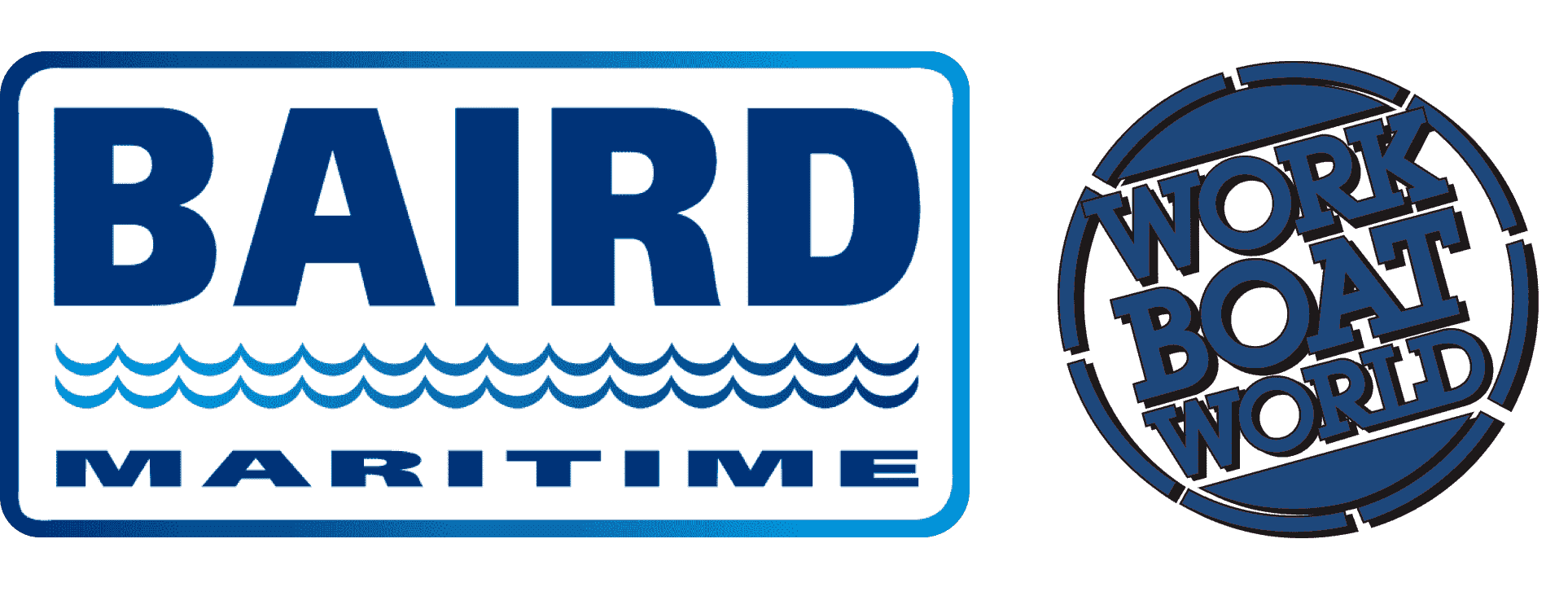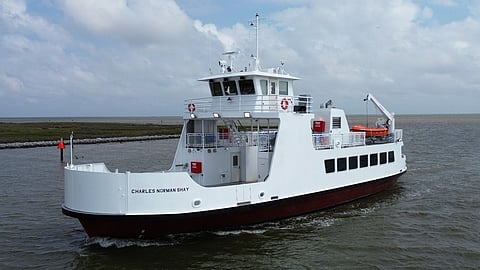VESSEL REVIEW | Charles Norman Shay – Maine transport department welcomes new lifeline ferry into service
The Maine Department of Transportation and Maine State Ferry Service (MSFS) recently took delivery of a new double-ended Ro-Pax ferry built by Steiner Shipyard of Bayou La Batre, Alabama to a design by Massachusetts-based naval architecture firm Gilbert Associates.
The custom-built MSFS ferry has been named Charles Norman Shay in honour of a local resident, decorated World War II veteran, and member of Maine's Penobscot Nation, making this the first MSFS vessel to be named after a Native American.
Relearning opportunity to also benefit future projects
The design work and construction of the ferry were undertaken in compliance with US Coast Guard Subchapter T requirements, thus ensuring it satisfies safety and operational standards applicable to ferries of under 100 GT.
“Not having built a Subchapter T vessel in a few years, this was a great project to immerse ourselves back into Subchapter T language and regulations,” Tara Steiner Marshall, President of Steiner Shipyard, told Baird Maritime. “This will aid our yard in addressing the growing demand for new passenger vessels.”
Steiner Marshall added that work on the MSFS ferry also provided a great new learning experience for the recently hired fourth generation to the yard. Gregory Marshall Jr., Steiner Shipyard Project Manager and Purchasing Assistant, meanwhile said that Subchapter T regulations have become much stricter, though close coordination with the designer ensured a smoother workflow.
Charles Norman Shay replaces the MSFS’ earlier, slightly larger ferry Capt. Richard G. Spear. Steiner Marshall remarked that the new ferry is of a unique design, as is the case with the other vessels operated by the MSFS. The work on the vessel therefore posed some challenges, particularly in the area of integrating the equipment found on larger vessels into a smaller hull.
Versatile transport platform
The steel-hulled Charles Norman Shay has a length of 104 feet (31.7 metres), a moulded beam of 28 feet (8.5 metres), a draught of seven feet (2.1 metres), a moulded depth of 11 feet (3.4 feet), and space for 149 passengers and up to eight cars. Alternatively, the vehicle cargo can consist of one tractor trailer and four small light trucks.
Power is provided by two Caterpillar C18 diesel engines that each produce 600 hp (450 kW) at 1,800 rpm and drive Sound 52-inch (1,300mm) four-bladed propellers via Twin Disc MGX-516 close-coupled gearboxes to deliver a speed of 13 knots. Tank capacities are 3,200 gallons (12,000 litres) for fuel oil, 1,900 gallons (7,200 litres) for freshwater, 300 gallons (1,100 litres) each for lube oil, dirty oil and bilge slops, and 600 gallons (2,300 litres) for sewage.
The propulsion arrangement also includes an EMI steering system, Twin Disc ec6000 controls, and a Veth VT-50 64kW tunnel thruster at the bow that provides additional lateral manoeuvrability. The electronics suite meanwhile includes a Furuno radar and other equipment from Simrad. These and the other onboard systems draw electrical power from a Caterpillar C4.4 99kW generator.
Space is also available for a Palfinger Marine outboard-equipped rescue boat, which is launched into the water via a dedicated crane.
Charles Norman Shay will primarily serve the MSFS’ longest route, the 23-mile (37-kilometre) stretch between the city of Rockland and Matinicus Isle in Penobscot Bay.


